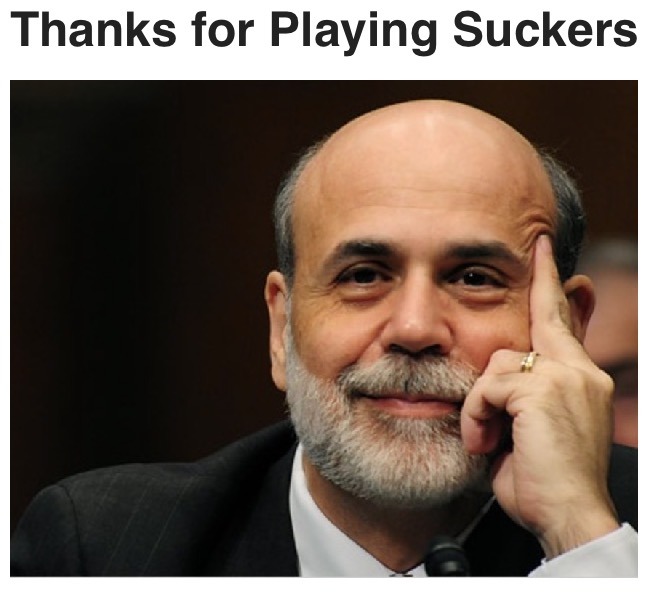It must be China. Or the weather, which is usually either too cold or to warm – somehow the weather is just neverright for economic growth. Surely it cannot be another Fed policy-induced boom that is on the verge of going bust? Sorry, we completely forgot – the Fed is never at fault when the economy suffers a boom-bust cycle. That only happens because we have “too few regulations” (that’s what Mr. Bernanke said after the 2008 bust – no kidding).

Photo credit: Matthew Emmett
No matter what economic data releases one looks at lately, one seems more horrendous than the next. This is apart from payrolls of course, which are not only a lagging indicator, but are apparently a number that is occasionally made up out of whole cloth – such as in December, when 281,000 of the reported 292,000 in non-farm payroll gains were the result of “seasonal adjustment”, which is bureaucrat-speak for “didn’t actually happen”.
Today the markets were inundated with data that strongly suggest that the negative trends observed over much of 2015 continue to accelerate. In what is by now a well-worn tradition, Fed district surveys of the manufacturing sector continued their decline with today’s release of the Empire State survey. One no longer risks being accused of hyperbole by calling its recent trend a “collapse”:
 Empire State Survey, general business conditions index. Such readings are usually not seen during economic expansions – click to enlarge.
Empire State Survey, general business conditions index. Such readings are usually not seen during economic expansions – click to enlarge.
As is often the case, not a single economist came even remotely close to correctly forecasting this meltdown. As Mish noted earlier today, it was quite a big miss:
“The Econoday Consensus estimate was for a slight improvement to -4 from a November reading of -4.59. The actual result was -19.37 with the lowest economic estimate -7.50.”
…click on the above link to read the rest of the article…








 The GDP Now model declines to just 0.7%, once again way below the consensus range
The GDP Now model declines to just 0.7%, once again way below the consensus range

